| New Dimensions in |
| Laura Blacklow | Photo Processes |
| A Step-by-Step Manual, Third Edition |

Boston Oxford Auckland Johannesburg
Melbourne New Delhi
Focal Press is an imprint of ButterworthHeinemann.
 A member of the Reed Elsevier group
A member of the Reed Elsevier group
Copyright 2000 by Laura Blacklow. All rights reserved.
Step-by-step photographs, except for Bromoil, 1995 by David L. du Busc
No part of this publication may be reproduced, stored in a retrieval system, or transmitted in any form or by any means, electronic, mechanical, photocopying, recording, or otherwise, without the prior written permission of the publisher.
 | Recognizing the importance of preserving what has been written, ButterworthHeinemann prints its books on acid-free paper whenever possible. |
 | ButterworthHeinemann supports the efforts of American Forests and the Global ReLeaf program in its campaign for the betterment of trees, forests, and our environment. |
Library of Congress Cataloging-in-Publication Data
Blacklow, Laura.
New dimensions in photo processes : a step-by-step manual / Laura Balcklow.3rd ed.
p. cm.
Rev. ed. of: New dimensions in photo imaging / Laura Blacklow.2nd ed. c1995.
Includes bibliographical references and index.
ISBN 0-240-80431-7 (pbk.)
1. PhotographyPrinting processes. I. Title.
TR330 .B49 2000
771-dc21 00-044261
British Library Cataloguing-in-Publication Data
A catalogue record for this book is available from the British Library.
The publisher offers special discounts on bulk orders of this book.
For information, please contact:
Manager of Special Sales
ButterworthHeinemann
225 Wildwood Avenue
Woburn, MA 01801-2041
Tel: 781-904-2500
Fax: 781-904-2620
For information on all Butterworth-Heinemann publications available, contact our World Wide
Web home page at: http://www.focalpress.com
10 9 8 7 6 5 4 3 2 1
Printed in the United States of America
Preface
The writing of this book was undertaken almost by accident. While I was freelancing as an illustrator, I showed my portfolio of photo images to Lista Duren, an editor at Curtin & London Publishing Company. Ms. Duren brought the portfolio to Dennis Curtin, who, on the spot, asked me to write a book about the techniques represented. Curtin & London subsequently ceased publishing photography books, and so Focal Press picked up the manuscript.
I wish to acknowledge the work of the staffs at Curtin & London and Focal Press, as well as the enormous contribution of Virginia Holmes, who helped research and write the first draft. Gene Laughter, who was recommended to me by Karl Koenig, wrote the thorough Bromoil Printing section in and was a delightful collaborator, even under pressure. I was fortunate that Gene could secure the photographic expertise of Wayne Firth, who took the step-by-step illustrations for that chapter. I appreciate being educated about chromoskedasic painting by Birgit Blyth, who, fortunately, did not make up that word. Elaine ONeil assisted in organizing and refining the manuscript and helped write the section on toning.
Other people provided useful information: Seymour Rottenberg, vice-president of Kwik Proof; Robert Cone, manager of the Rockland Colloid Corporation; Bart DeVito at Luminos; Melody Bostick at Bostick & Sullivan; digital artist extraordinaire Carl Sesto; pinhole and collage artist Jesseca Ferguson; fabric artist Susan Podshadley; Robert Fairchild, electrician; Martyn Greenhalgh, who provided me with information on U.K. suppliers; and Neil Gordon, president of E.J. Ardons (one of six graphic arts stores in the United States that are older than 50 years). S.B.I. Sales in Boston, Massachusetts, loaned me photo materials, the E. Philip Levine Company of Boston loaned photo equipment, and Agfa Corporation gave me photographs.
Thanks go to photographer David du Busc, whose patience and perfectionism helped produce clear step-by-step photographs; to Helen Snively, a most careful and accommodating typist who worked on the first edition; and to Sal Salerno, who tested my instructions. Barbara Hewitt and John Basye of Blueprints/Printables reviewed the cyanotype chapter and generously added information. Vicki Lewis thoroughly proofread the manuscript.
Gratitude is due the artists whose artwork enlivens these pages. I would like to acknowledge the many students in my classes, whose ideas and enthusiasm added immeasurably to the book.
I dedicate this book to my husband, Peter Fougere, whose support and feedback have proved invaluable, and to my son, Noah Fougere, who never put up too big a fight giving up the computer to accommodate his mother.
INTRODUCTION
New Dimensions in Photo Processes presents techniques that combine painterly concerns with printmaking ideas, photographic principles, and graphic design tools. Painters, for instance, think about the articulation of an image by the physical application of materials and by the selection of a surface onto which the materials will adhere. Printmakers know different types of paper and the variations that can be achieved in a print while creating an edition. Photographers, used to the light sensitivity of certain substances, may think about the way a photographic technique can change the visual reading of a picture. Graphic designers and illustrators use special tools and procedures developed for their profession or borrowed from others. I hope this book will speak to professional artists, teachers, students, and hobbyists who employ technical methods and ideas from different image-making areas and will assist in the creation of more cogent visual statements.
Arising from a printmaking syntax,) partly out of frustration with his unsuccessful attempts at drawing. You see, in nineteenth-century British society, part of a gentlemans education was learning how to draw. Talbots first book, illustrated with photogenic drawings, as he called his photographic prints, was titled The PENCIL of Nature (emphasis mine). The 1844 edition included Talbots drawings, his early experiments with laying objects atop sensitized paper to produce photograms, and his pictures taken with a hand-built camera fitted with a microscope lens (see illustration, pages 108109). Talbot also wrote about the difference between visual reporting and visual expressiondistinctions we still debate today.
Many methods described in this book were patented in the 1830s and 1840s. That period in Europe and England saw a proliferation of home inventors, spawned by the mass printing of illustrated books and magazines dealing with experiments in science and technology. Sir John Herschel, for example, developed the cyanotype technique (see )
The business world adapted other photo-printmaking processes. The principle for gum bichromate printing wasand isthe basis for photo silkscreen, photolithography, and commercial offset printing. The gum arabic used for gum printing in 1839 was replaced later by bichromated gelatin. A coating of the light-sensitive gelatin on metal was exposed under a negative in print shops by 1850. Exposure and development hardened the gelatin (the positive), which was used to attract lithographic ink in commercial printing. A hardened gum-and-color-pigment positive is the finished product in a gum print.


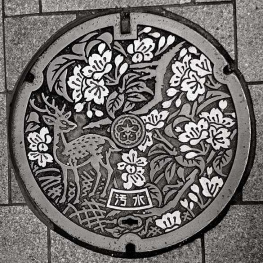

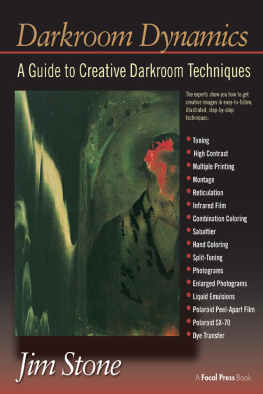
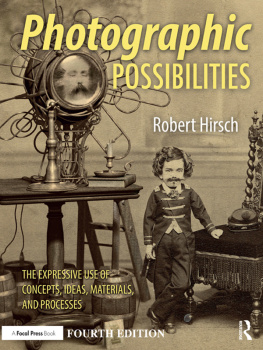
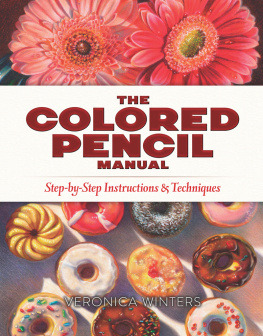
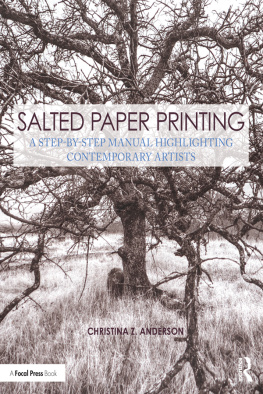
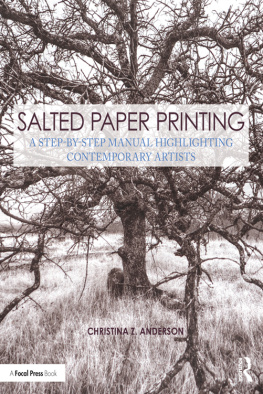
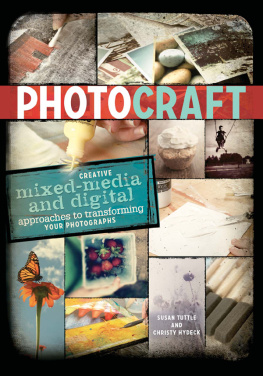


 A member of the Reed Elsevier group
A member of the Reed Elsevier group
